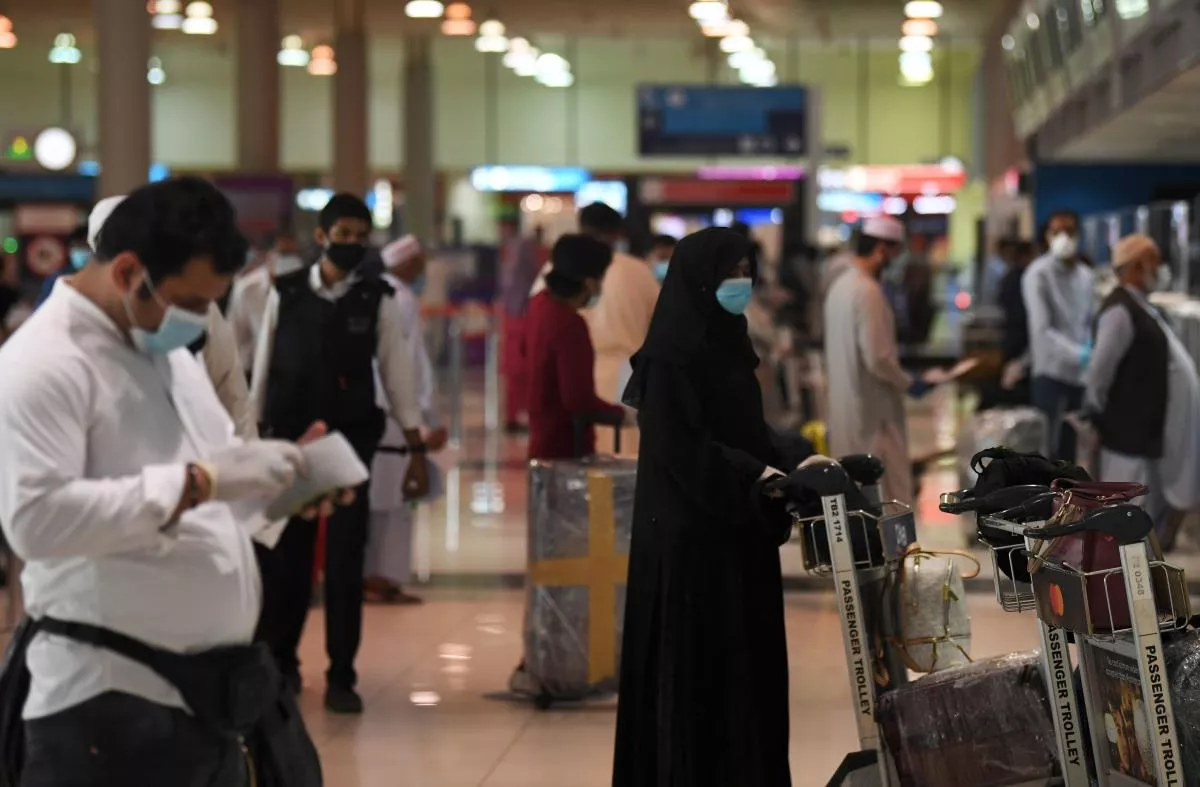Nearly 0.3m exposed to Covid-19 in Islamabad
Survey shows rural areas more affected than urban
ISLAMABAD:As the number of novel coronavirus (Covid-19) positive cases in the federal capital near the 15,000 mark, a seroepidemiological survey of the city conducted by the government in June has revealed that as many as 300,000 people may have been exposed to the virus.
However, health officials believe that most of these people may have remained asymptomatic.
This was disclosed on Thursday in a report by the National Institute of Health (NIH) on the survey conducted in Islamabad.
The report explained that asymptomatic or mild cases of Covid-19 are usually missed during routine surveillance and hinder the estimation of the true infection rate in the population. To solve this, it said that the cross-sectional survey was conducted to uncover the hidden and already exposed cases between June 1 and June 25 - at the peak of the virus transmission in the federal capital with a peak daily case count of 771 and a cumulative 9,088 cases.
Based on the stratified systematic random sampling of the 2 million residents of the federal capital, a sample of 4,328 people was selected per probability proportionate to size technique giving equal representation to rural and urban residents. A structured questionnaire was used to gather demographic, clinical, exposure and risk-factor data from the community. Further, blood samples were collected from each participant and tested for immunoglobulins against SARS-CoV-2 on Chemi-luminescence. Throat and nasopharyngeal swabs were also collected from those showing symptoms or having a history of contact with a positive case for polymerase chain reaction (PCR) testing at the virology lab of the NIH.
A preliminary analysis showed that the prevalence of Covid-19 was 14.5 per 100 population, translating to 290,000 people out of the capital’s 2 million population who had been exposed to the virus but had developed immunoglobulins against it. The RT-PCR positivity rate was found to be around 17%.
The area-wise distribution of the disease showed that rural union councils were more affected. Out of all the union councils, Chattar was found to be most affected followed by Muhrian and Tarlai Khurd union councils.
The most affected age-group was 41-50 years followed by 31-40 years and 51-60 years.
The NIH warned that “these must not be taken as new cases, patients.”
NIH Executive Director Maj Gen Amir Ikram told The Express Tribune that the Covid-19 situation in the federal capital has improved. Not only are fewer cases being reported but the imposition of the smart lockdown in the federal capital has yielded the best of results, he said.
"If people keep following the precautionary guidelines including wearing face masks while observing other standard operating procedures (SOPs), then soon we can eradicate this virus from the country," Maj Gen Ikram said.
Pakistan Institute of Medical Sciences (Pims) Spokesperson Dr Waseem Khawaja said that the Coivd-19 situation in hospitals is now quite different to what it was.
He said that they have 200 beds in their isolation ward and every day they have fewer patients.
“The rush of patients in the outpatient departments (OPDs) has also become limited,” Dr Khawaja said, adding that they neither have a shortage of staff or ventilators.
Another factor for this, Dr Khawaja said, was that people are now more aware.
If a patient does test positive for Covid-19, they now isolate at home instead of going to the hospital, lowering the burden on healthcare facilities.
He advised the public to try and stay clean and choose a healthy diet, including more fruits in it. Moreover, he said that people must spend Eidul Azha responsibly.
Published in The Express Tribune, July 17th, 2020.


COMMENTS
Comments are moderated and generally will be posted if they are on-topic and not abusive.
For more information, please see our Comments FAQ